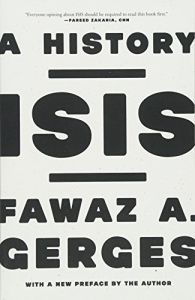Join getAbstract to access the summary!

Join getAbstract to access the summary!
Fawaz A. Gerges
ISIS
A History
Princeton UP, 2017
What's inside?
How did ISIS rise to prominence? By exploiting the Sunni-Shia rift.
Recommendation
The rise of the ultraviolent Islamic State (ISIS) stands as one of the most troubling geopolitical events in recent decades. In this sober study of the Salafi-jihadist group, Middle East expert Fawaz Gerges spells out the cultural nuances and societal chaos that allowed such a vicious and intolerant organization to gain power. Gerges details the Shia-Sunni split that animated ISIS, as well as the larger forces that opened doors for ISIS, including al-Qaeda, the United States’ invasion of Iraq and Bashar al-Assad’s iron-fisted response to the Arab Spring. Gerges’ account of ISIS’s flourishing remains generally calm and even-handed. getAbstract recommends this well-researched history as a useful, measured companion to on-the-ground accounts that set out to enrage readers. Gerges, instead, sets out to inform readers: a goal he deftly accomplishes.
Summary
About the Author
Fawaz A. Gerges is professor of international relations at the London School of Economics and Political Science. He also holds the Emirates Professorship in Contemporary Middle East Studies.

















Comment on this summary